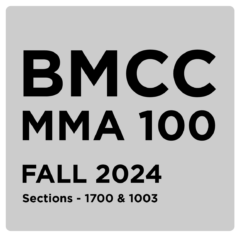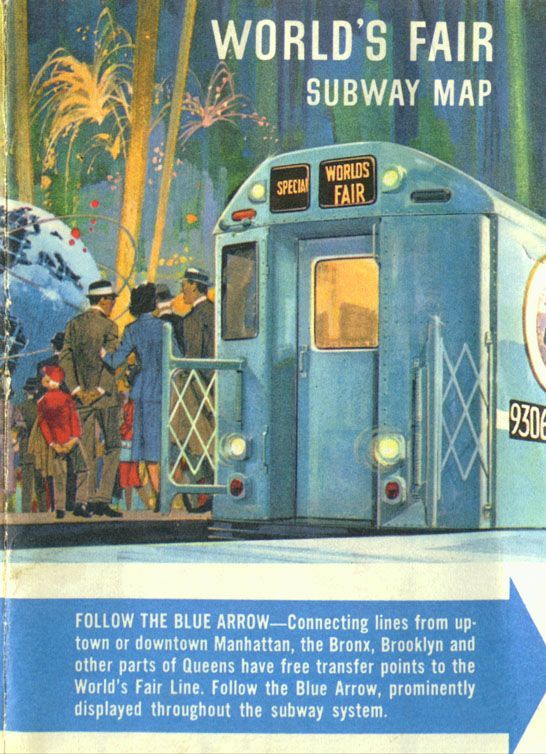
Welcome to MMA100 – Weeks #4-6!
We’re BACK!
Here is this week’s useful information and class resources:
We will continue working on assignments #1 & assignment #2 – Lots of great stuff to cover this week and next!
OK!
We continue to cover a lot of information as we began to get acclimated with Adobe photoshop, our Photoshop workspace and our first assignment, we also went over our class website structure again. I shared (and recorded) a video tutorial about our first assignment / project here in MMA 100. Did you find the video helpful (its placed on the Assignment #1 page).
Its time to move onto Assignment #2 this week!
**Did you add or submit your work in progress to our google drive folder? Remember, I would really like for you to keep your work in progress there as we can dialog about it together outside of our class time. The google-drive link is located on our brightspace course page (in the google drive folder, create a folder with your first and last name).
I would also like for you to e-mail me when complete each project or assignment. You can add the files to your folder in g-drive and then send me an e-mail to let me know – rseslow@bmcc.cuny.edu – I will then, leave a few comments on your work.
Design Resources to Explore:
https://www.designspiration.com/
I love everything they do. See for yourself below!
https://instagram.com/thechrisdo
Video Inspiration – with Milton Glaser:

Who is Milton Glaser? You certainly already know some of his work!
Explore his website here – https://www.miltonglaser.com/
*** In the comments section below, add a few links and or statements about what is currently inspiring you, or what stands out and catches your interest this week! (not just with our class but in life in general!)
The vocabulary of design is an essential aspect of the design process and includes both elements and principles of design. Understanding these terms helps artists and designers to communicate effectively and ensure that their designs accurately deliver their intended message to the audience.
The elements of design refer to the building blocks that define the visual, including form, shape, line, color, texture, typography, and space. These elements can make a design successful when used correctly, and artists must learn the rules of applying them, which are known as the principles of design.
The elements and principles of design are the guidelines and rules that artists and designers use to create visual compositions. They provide a framework for using the elements of design to achieve the desired effect and deliver an intended message.
One aspect of design vocabulary that is often overlooked is typography. Typography includes elements such as ascenders, descenders, and baselines, which refer to the parts of letters that rise above or descend below the main body of the letter. Understanding these terms is crucial for creating effective typographic designs. (We shall cover and discuss soon)

Article on “Gestalt” – https://ux360.design/gestalt-principles-design/
Another aspect of design vocabulary is the Gestalt principles, which refer to the principles of perception that govern how people see and interpret visual elements. The five Gestalt principles are proximity, similarity, continuity, closure, and connectedness, and they help designers to understand how people process and make sense of visual information.
The Elements and Principles of design plays a crucial role in the design process and helps artists and designers to communicate effectively, use the elements of design correctly, and deliver their intended message to the audience. Understanding the elements and principles of design, as well as typography and the Gestalt principles, is essential for creating successful design work.



